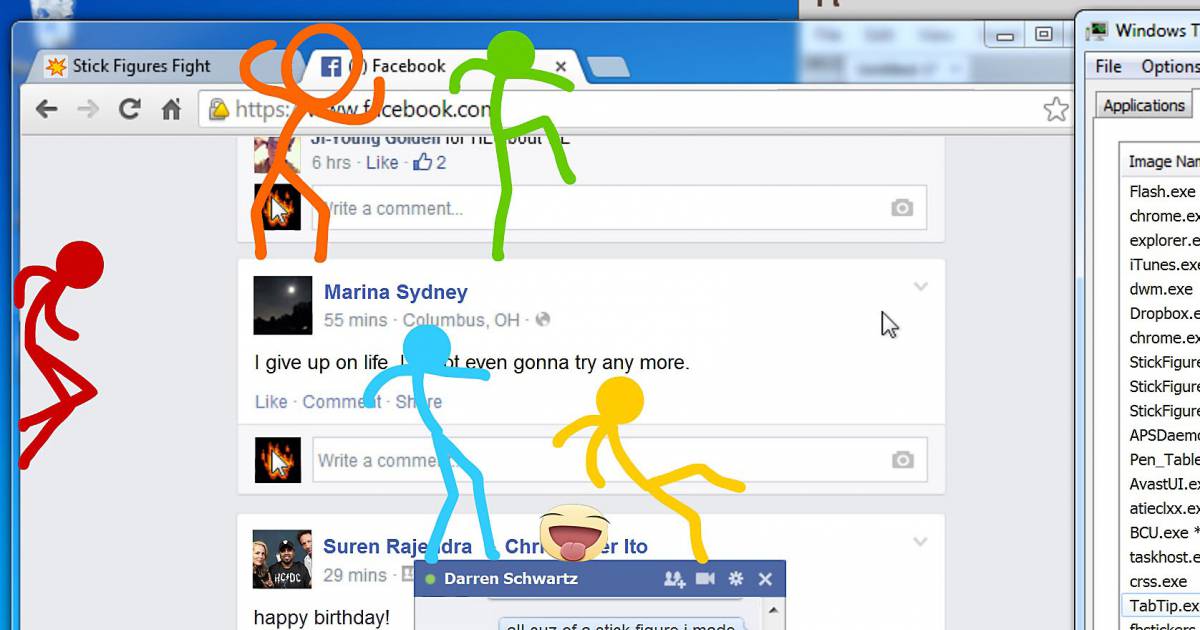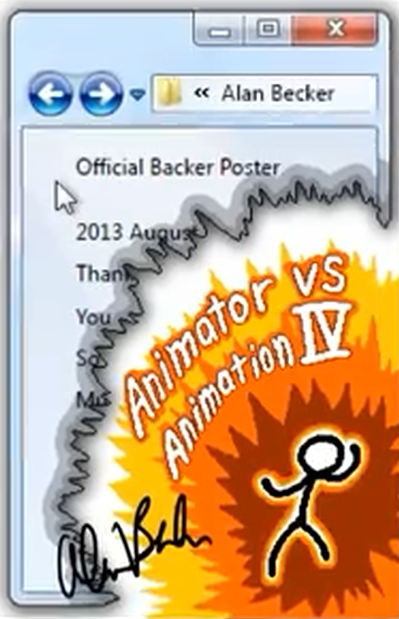
If you watch people as they go about their daily lives (not in a stalker-type way, but just in passing), you will notice that with each purposeful movement comes a specific sequence.įirst the eyes move to where they want to go, and then the head follows and then the neck. Then once you've nailed those you can go through and repeat the process, adding more and more detail with each new pass.

The first layer should be quick poses at specific frames, to get a sense of timing. Working on one small area at a time will mean you're not seeing the bigger picture and this can result in the sequence not being as fluid or natural as it should be.įollowing a layering system ensures you are not wasting precious time. Seeing a pile of polygons or clay suddenly come to life and show emotion is truly rewarding, but that doesn't mean you need to rush ahead and focus on each pose in detail, refining it before you move onto the next. They simply pick up the character and move them around without any complicated systems to contend with, or constant trips to the technical artist because the jaw is suddenly at the other side of the scene and they don't know why. The best rigs are the ones which leave the animator to animate.

If much of the underlying mechanics and systems are easily accessible they could accidentally be edited, resulting in a broken rig. A quick and generic system will give you the main tools to use, but to give your character that edge, the rig needs to be tailored to the animator's specific needs.Īn unprofessional rig can also add to the animator's workload. Most of what they can achieve relies heavily on the rig they are using. Keep your rig simpleĪnimating successfully in 3D isn't just down to the talent of the animator. Being able to pause, rewind and review it in slow motion ensures you will capture all the subtleties that would otherwise be missed. So instead of just using your phones for selfies and Facebook, why not get out of your seat and record yourself in action?Īct out the scene yourself, and no matter how rough and embarrassing it may seem, this recording will give you an essential starting block to then work on top of. We all have access to video cameras these days, in fact most of us have them in our pockets.

To understand how and why a character should move the way they do, why not record yourself performing that action? You can never get a good feel for the way a certain animation should play out while sitting at a desk, and online references can only get you so far. Acting out the scene yourself can give you the starting block you need


 0 kommentar(er)
0 kommentar(er)
